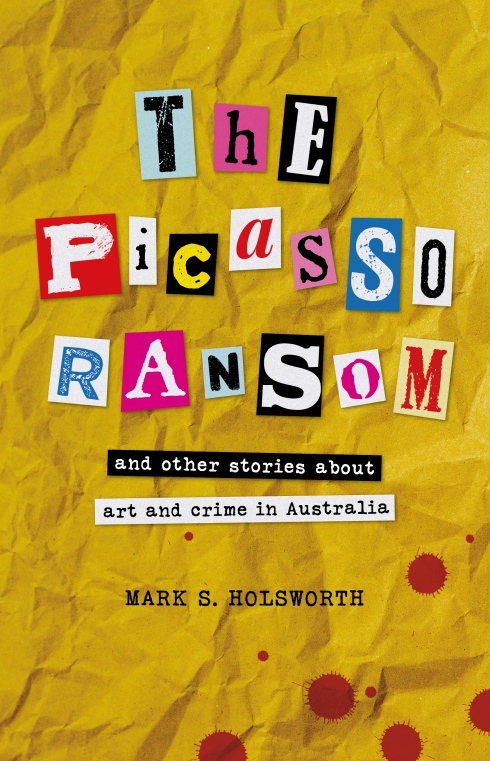The art of Keith Haring first came to my attention when he visited Melbourne (see my post Keith Haring in Melbourne). Haring was like a pop star, except that he was doing visual arts rather than music. I didn’t get to see him in Melbourne but he was everywhere for the next few years; I saw him on TV and in magazines and not just the art magazines.
In the early 1980s Keith Haring along with other East Village artists, like Jenny Holzer and Barbara Kruger used ‘wall-posters’ (paste-ups/wheat-pasting). Haring’s paste-ups were fake news headlines like as: “REAGAN SLAIN BY HERO COP”; cutting up headlines was a strategy adopted from William Burroughs. Haring also used stencils in his early street work stencilling “CLONES GO HOME” on sidewalk borders in the Village. This early flowering of what would later be known as street art heralds an art movement.
“The galleries at that time were still dominated by people over thirty and mostly Conceptual and Post-Minimal art.” Keith Haring commented on his influences (Notes from the Pop Underground, Peter Belisto, p.99) Haring went the opposite direction, appealing to people under thirty, like me at the time, and creating art that didn’t depend on art galleries for their meaning. Haring’s line drawings worked on subway walls, t-shirts and even Grace Jones’ naked body.
In 1986 Haring collaborated with Brion Gysin in “Fault Lines”; Haring’s art is connected to Gysin’s tagging calligraphy (see my post). In 1988 Haring collaborates with Burroughs for “Apocalypse.” The great centipede with a television head in the Collingwood mural is an image clearly inspired by Burroughs who writes about giant aquatic centipedes in many of his novels.
When Keith Haring died in February 1990, followed by the death of Jean-Michel Basquiat, it felt like the art of the 1980s had died. Both Haring and Basquiat were, what we would call today, street artists who had become international art superstars. Street art would have to wait another decade before its full flowering.
After that I would look out for Haring’s wall every time I went that way in Collingwood. Now, finally after decades of inaction there preservation work has started on the site. It is a difficult issue, preservation or restoration, both will have loses – a restoration would lose the authenticity of Haring’s brushstrokes and preservation loses the vibrancy of the original but better either than the loss of the whole mural.
“I just want to be taken seriously. I would like to think that someday there will be drawings next too a Lichtenstein, or beside a de Kooning drawing in a museum.” Keith Haring said. (Belisto, p. 111)
This year Keith Haring is finally receiving the recognition that he richly deserves. There is a major retrospective “Keith Haring, the Political Line “ at the Musée d’Art Moderne in Paris and a very small exhibition about his 1988 Tokyo Pop-Up Shop at the New York Historical Society. (It was a very small, just a display case, a painted lantern and video shot of Haring discussing the lighting for the Tokyo Pop-Up Shop.)



What are your thoughts?